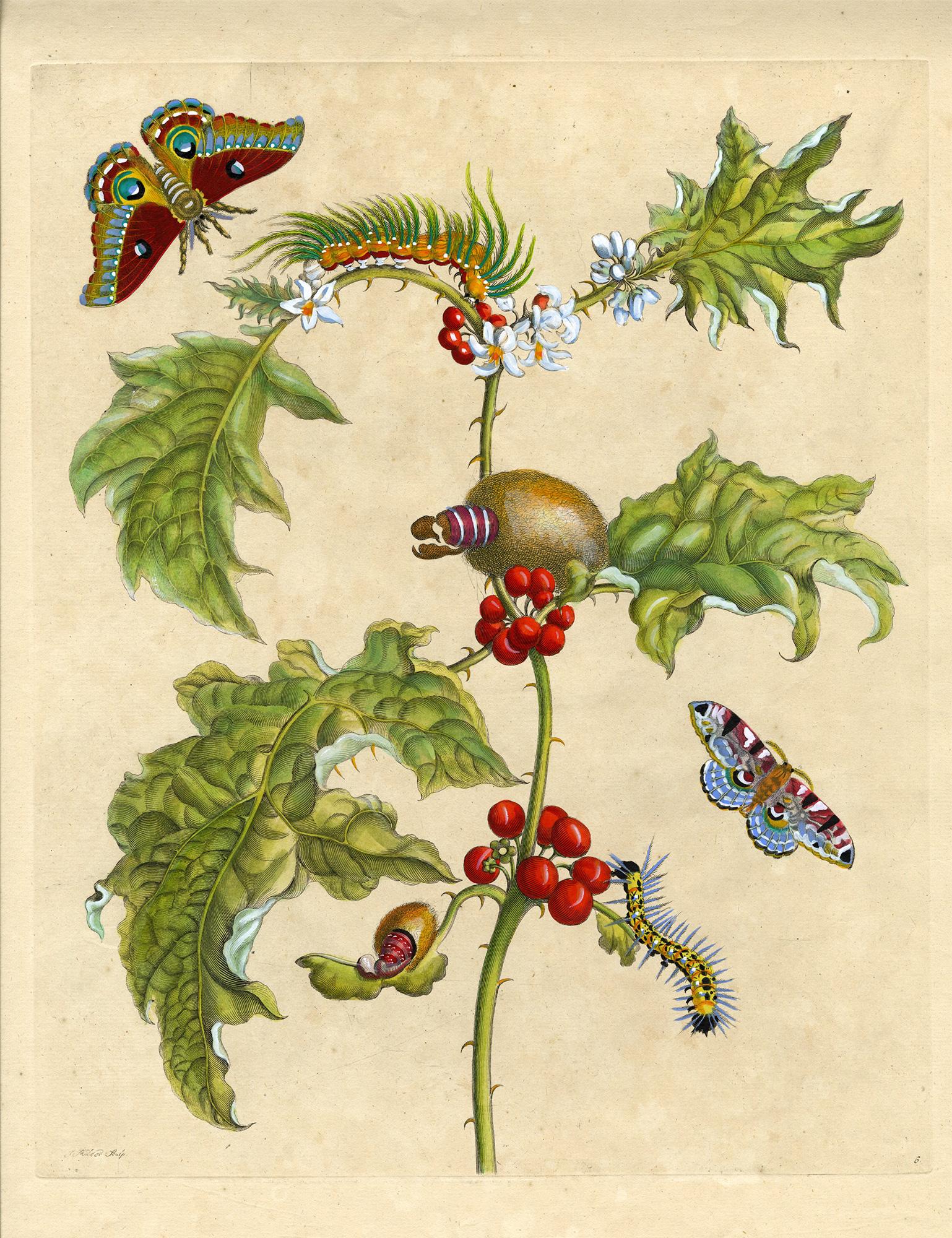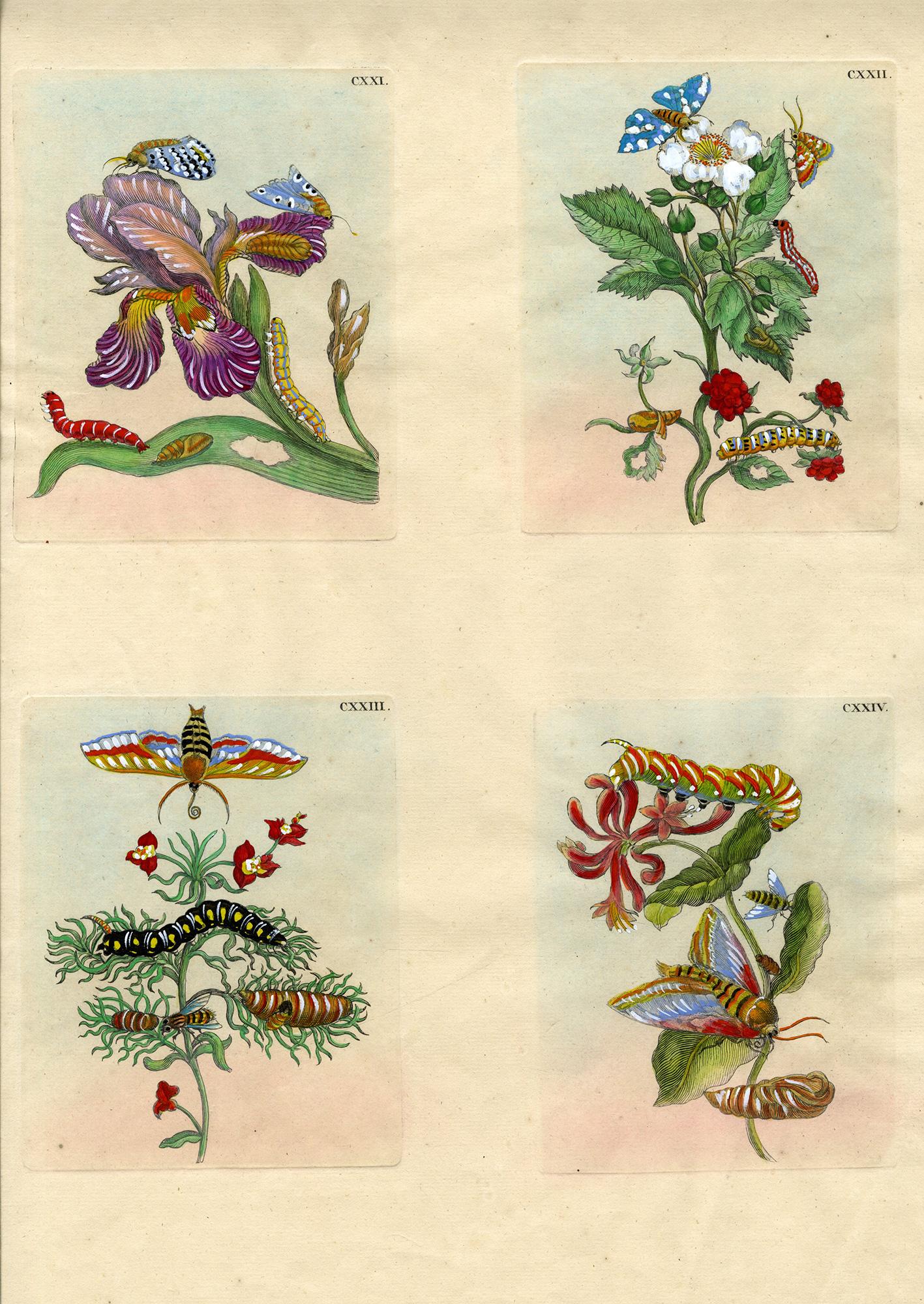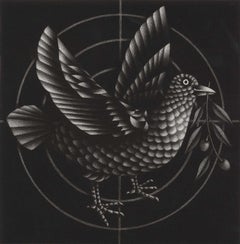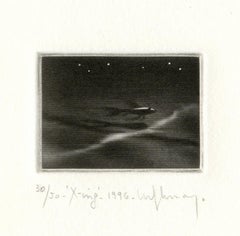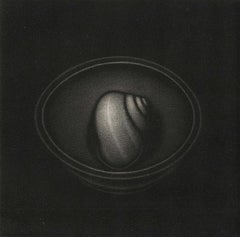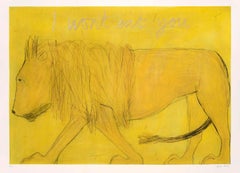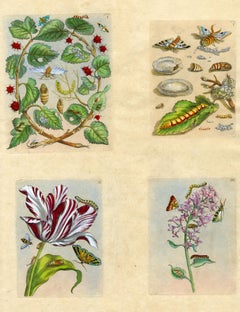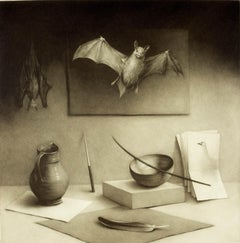
Composition in Grey ( Bats, quill pen, paper and pitcher)
View Similar Items
Want more images or videos?
Request additional images or videos from the seller
1 of 6
Erling ValtyrsonComposition in Grey ( Bats, quill pen, paper and pitcher)2016
2016
About the Item
- Creator:Erling Valtyrson (1955, Norwegian)
- Creation Year:2016
- Dimensions:Height: 16 in (40.64 cm)Width: 8 in (20.32 cm)
- Medium:
- Movement & Style:
- Period:
- Condition:
- Gallery Location:New Orleans, LA
- Reference Number:1stDibs: LU84134464372
About the Seller
4.9
Gold Seller
These expertly vetted sellers are highly rated and consistently exceed customer expectations.
Established in 1988
1stDibs seller since 2018
752 sales on 1stDibs
Typical response time: 3 hours
Associations
International Fine Print Dealers Association
More From This SellerView All
- Colombe (Dove of Peace returns to ark with olive branch in her beak)By Mario AvatiLocated in New Orleans, LA"And the dove came in to him in the evening; and, lo, in her mouth was a plucked off olive leaf: so Noah knew that the waters were abated from off the earth." Mario Avati, a master ...Category
Late 20th Century Contemporary Animal Prints
MaterialsMezzotint
$175 Sale Price56% Off - X-ing ( Alone fish swims across the ocean)By Anne DykmansLocated in New Orleans, LAIn "X-ing"", Anne Dykmans captures an image of solace with a swimming fish . This image is an artist's proof in an edition of 50 Anne Dykmans employs her superb command of engravin...Category
1990s Modern Animal Prints
MaterialsMezzotint
- Snail in a Bowl (Artist Proof inscribed to Fritz Eichenberg)Located in New Orleans, LALeonard Merchant's mezzotint, "Snail in Cup" is inscribed for fellow artist, Fritz Eichenberg. While a student at the Central School for Arts and Crafts in London, a young Leonard Marchant found an engraving rocker in a cupboard and proceeded to turn himself into a master of the painstaking art of mezzotinting. Marchant, who has died in Shrewsbury aged 70, grew up in Simonstown, the Royal Navy's enclave in South Africa. Though his first job was as a parliamentary messenger, he taught himself to paint and, aged 19, was given a one-man show in Cape Town. Fired by this success, he left for England to study painting and, he claimed, to escape the stifling home atmosphere created by his Catholic mother and aunts. (His father was killed in the second world war.) Without contacts in London, he phoned Jacob Epstein, whose recommendation resulted in a grant to study briefly at the Central School. It was later, when studying full-time at the Central, that he saw the mezzotints of the Japanese master, Yozo Hamaguchi, in a London gallery. He was hooked. Creating a mezzotint is tedious in the extreme. The copper plate must first be prepared with a "rocker" which roughens the surface. A plate may be "rocked" 30 or 40 times. The rough texture is then reduced with a burnisher and a scraper, allowing the print a range of tones from velvety black through the greys to white. Marchant's plates could be months in the making. But the technical demands were the least of his worries. In its 18th- and 19th-century heyday, mezzotint was solely a reproductive medium, for copying masters such as Reynolds and Turner. The development of photography rendered it unfashionable, and by the 1960s the technique, known as la manière anglaise, was a bygone medium. Marchant, by now a teacher in printmaking at the Central, began to create original mezzotints with a colleague, Radavan Kraguly. A perfectionist, he seemed to revel in the straitjacket procedure. Perhaps it was the metaphor of bringing darkness out of light that appealed to this straight-talking, sometimes sombre, man, who would suddenly relax and light up like a gleaming hue on one of his prints. His work was of squares and triangles with the occasional cat, black and ominous, and carefully arranged still lifes, featuring plants, a seed pod, a pot he might have bought at auction to celebrate the sale of a print. There were one-man shows, notably at the Bankside Gallery. He sold well at the Royal Academy summer exhibition, was a Florence Biennale prizewinner, spent a fellowship year at the British School in Rome, and was elected a Fellow of the Royal Society of Painter-Printmakers. But making mezzotints was not a paying job. Marchant and his South African wife...Category
1980s Modern Animal Prints
MaterialsMezzotint
$100 Sale Price45% Off - Python Sebae (African Rock Python Skull)By Jacob CrookLocated in New Orleans, LAPython is a hand-pulled mezzotint in an edition of 25. This is #7/25. Jacob Crook was born in St. Louis, MO in 1985. Crook works primarily in the intagli...Category
2010s American Modern Animal Prints
MaterialsMezzotint
$70 Sale Price30% Off - Snow Does (Doe, a deer - a female deer)By Carol WaxLocated in New Orleans, LAAn exclusive publication for Stone and Press Gallery, "Snow Does" was created in an edition of 100. It is FIROS #66 in the catalogue raisonne. Carol Wax originally trained to be a c...Category
1990s American Modern Still-life Prints
MaterialsMezzotint
- Violin et Coquille (violin and shell / inscribed Happy New Year 2000)By Laurent SchkolnykLocated in New Orleans, LAThis black and white mezzotint of a shell next to a violin is an artist proof that was inscribed Happy New Year 2000 and signed by the artist. The regular e...Category
1990s American Modern Still-life Prints
MaterialsMezzotint
You May Also Like
- Kate Boxer, I Won't Eat You, Limited edition animal print, contemporary artLocated in Deddington, GBI Won’t Eat You [2021] limited_edition Drypoint print Edition number of 30 Image size: H:81 cm x W:113 cm Complete Size of Unframed Work: H:92 cm x W:122 cm x D:0.1cm Sold Unframed ...Category
21st Century and Contemporary Contemporary Animal Prints
MaterialsDrypoint, Etching, Paper
- Izzy with her Ball, Dog Art, Affordable Art, Contemporary Animal Art PrintLocated in Deddington, GBIzzy, a charming characterful terrier stands alert, holding her ball in her mouth. Colour etching hand made and printed by the artist. Helen Fay's art for sale online and in our gallery at Wychwood Art. Animals have always been at the heart of my work. I find the form, movement and behaviour of the creatures I draw a source of limitless fascination. I love the idea of them watching me, watching them as I draw. I hope my appreciation of the sentience and character of the animals I draw comes across in my work. Over my career I have drawn everything from primates to penguins, dogs, ostriches and even an echidna. These days dogs are my main focus, mostly because I adore dogs but also because they are such an integral part of life. I am delighted by the theory that humans and dogs co evolved, we wouldn’t be what we are without them and vice versa. I try to pare my images down to a balanced simplicity that directs attention to the subject of the picture. I try to balance the subject and the space it occupies, giving each equal importance. Light is hugely important to my work, I imagine my subject in three dimensions as I draw and the light describes the musculature and texture that gives the drawing it’s presence and grounds it in the picture. I aim to capture a pause, a moment where whatever I draw looks like it could wander off or leap up any minute. My influences include Japanese prints, Chinese and Japanese brush drawing and the European artists who were influenced by Japan. I am really excited by composition, by artists like Bonnard and Leon Spilliaert. I have long been a fan of Munch for his direct mark-making, colour and intensity and at the other end of the spectrum, Hammershoi for his limited palette, sense of space and calm. I am interested in black and white photography and film and have recently discovered and been amazed by the films of Yasujiro Ozu...Category
2010s Contemporary Animal Prints
MaterialsPaper, Drypoint, Etching
- 4 plates from The Wondrous Transformation of Caterpillars & their Strange Diet..By Maria Sibylla MerianLocated in Middletown, NYFour plates from The Wondrous Transformation of Caterpillars and their Strange Diet of Flowers. “Wolfsmelk Rupsen;" “Wolfsmilch, Raupe und Schmetterling" Amsterdam: J F Bernard, 1730. Each an engraving with hand coloring in watercolor and gouache printed on one sheet of watermarked Honig cream laid paper, each measures 6 1/4 x 5 inches (157 x 121 mm), sheet measures 20 5/8 x 14 inches (522 x 355 mm), full margins. With handling creases in the lower right sheet quadrant, as well as minor, loose cockling, otherwise in very good condition. The colors are superb with exceptionally fresh and bright saturation. Engraved between 1679 and 1683, printed 1730. Plates included: No.1:I; No. 2:1; II & III. MARIA SIBYLLA MERIAN was one of the most highly respected entomologists of the 17th century, and remains today one of the field's most significant figures. A German-born naturalist and scientific illustrator, she reared herself on the study of caterpillars, and made tremendous contributions to the knowledge of the life cycles of numerous species. Until her detailed and careful study of the process of metamorphosis it was thought that insects were "born of mud," through spontaneous generation. Trained as a miniature painter by her stepfather, she published her first book of illustrations in 1675, at the age of 28. In 1679, Merian published the first volume of the two-volume series on caterpillars, The Wondrous Transformation of Caterpillars and their Strange Diet of Flowers; the second volume followed in 1683. Each volume contained 50 plates that she engraved and etched. In 1699, Merian traveled to Dutch Guiana...Category
Early 18th Century Naturalistic Still-life Prints
MaterialsWatercolor, Engraving
- [ Bird of Paradise] La Pie de paradise, vue par derriere, No.21By Jacques BarrabandLocated in Paonia, CO[ Bird of Paradise] La Pie de paradise, vue par derriere , No.21, Paris 1801-1806 [Astrapia nigra]. Color-printed engraving with hand-coloring. French botanical and zoological illustrator Jacques Barraband (1767-1809) was known as one of the finest ornithological artists of his time .He is best known for his watercolors and engravings that were commissioned by François LeVaillant, French explorer, naturalist, zoological collector , noted ornithologist and author. Levaillant’s Histoire naturelle des perroquets (1801-05) and his Histoire naturelle des oiseaux de paradis (Birds of Paradise, 1801-06), both of which Barraband contributed to, are still considered some of the most beautiful bird books of all times because of their exceptional scientific accuracy, rich color and detail. The Astrapia nigra is a Bird of Paradise that inhabits the Vogelkop Peninsula of West Papua...Category
Early 18th Century Other Art Style Animal Prints
MaterialsEngraving
$5,200 Sale Price20% Off - Thistle and Moths, plate no. 6, Metamorphosis Insectorum SurinamensiumBy Maria Sibylla MerianLocated in Middletown, NYMetamorphosis Insectorum Surinamensium, Plate No. 6; Thistle and Moths. The Netherlands: 1705. Engraving with hand coloring in w...Category
Early 18th Century Naturalistic Still-life Prints
MaterialsWatercolor, Engraving
- 4 plates from The Wondrous Transformation of Caterpillars & their Strange Diet..By Maria Sibylla MerianLocated in Middletown, NYFour plates from The Wondrous Transformation of Caterpillars and their Strange Diet of Flowers. “Wolfsmelk Rupsen;" “Wolfsmilch, Raupe und Schmetterling" Amsterdam: J F Bernard, 1730. Each an engraving with hand coloring in watercolor and gouache printed on one sheet of watermarked Honig cream laid paper, each measures 6 1/4 x 5 inches (157 x 121 mm), sheet measures 20 5/8 x 14 inches (522 x 355 mm), full margins. With one 1.5 inch inch tear across the area of the top-left corner, well outside of image area. Handling creases in the lower right sheet quadrant, as well as minor, loose cockling, otherwise in very good condition. The colors are superb with exceptionally fresh and bright saturation. Engraved between 1679 and 1683, printed 1730. Plates included: CXXI, CXXII, CXXIII, & CXXIV. MARIA SIBYLLA MERIAN was one of the most highly respected entomologists of the 17th century, and remains today one of the field's most significant figures. A German-born naturalist and scientific illustrator, she reared herself on the study of caterpillars, and made tremendous contributions to the knowledge of the life cycles of numerous species. Until her detailed and careful study of the process of metamorphosis it was thought that insects were "born of mud," through spontaneous generation. Trained as a miniature painter by her stepfather, she published her first book of illustrations in 1675, at the age of 28. In 1679, Merian published the first volume of the two-volume series on caterpillars, The Wondrous Transformation of Caterpillars and their Strange Diet of Flowers; the second volume followed in 1683. Each volume contained 50 plates that she engraved and etched. In 1699, Merian traveled to Dutch Guiana...Category
Early 18th Century Naturalistic Still-life Prints
MaterialsWatercolor, Engraving
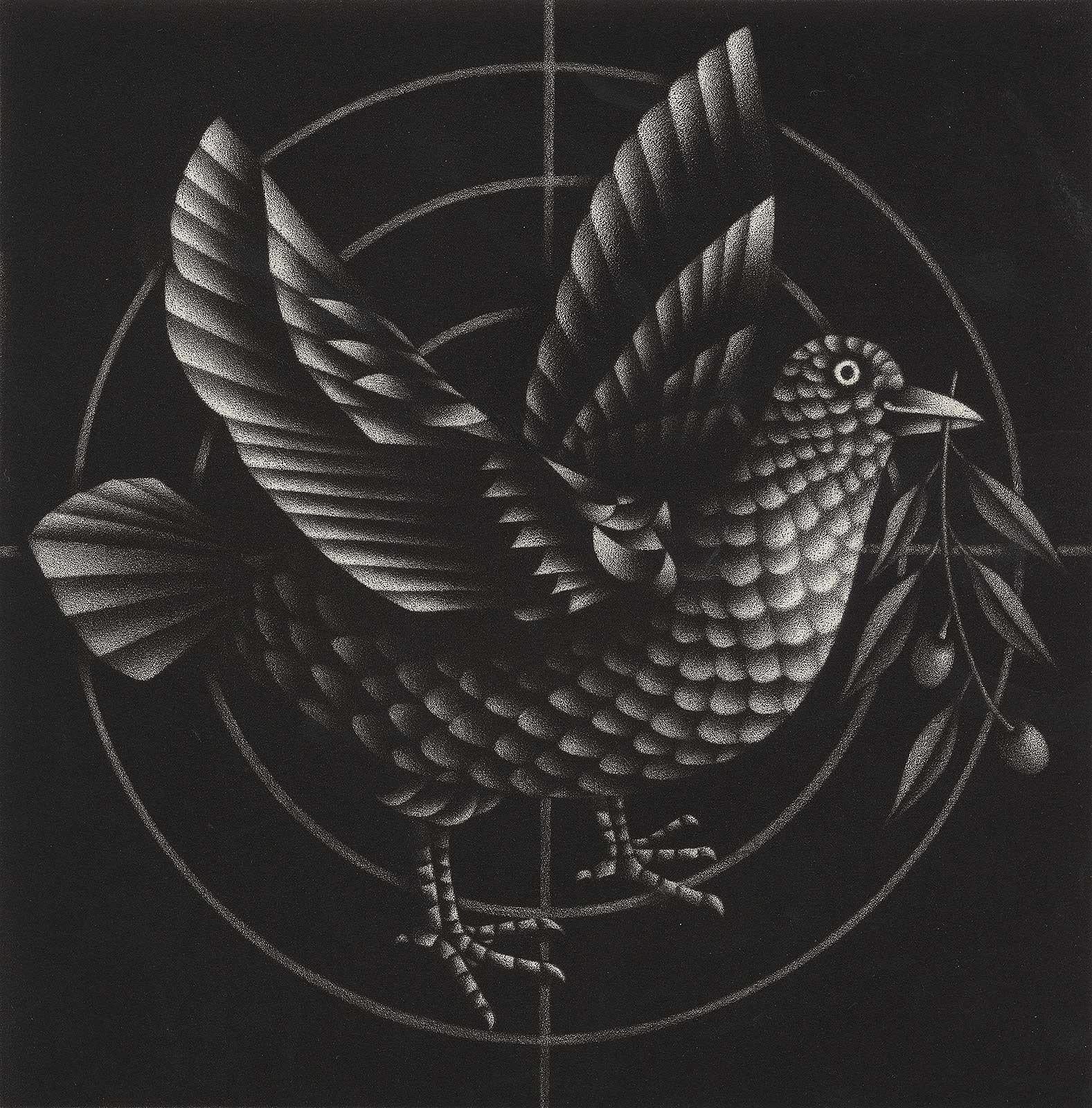
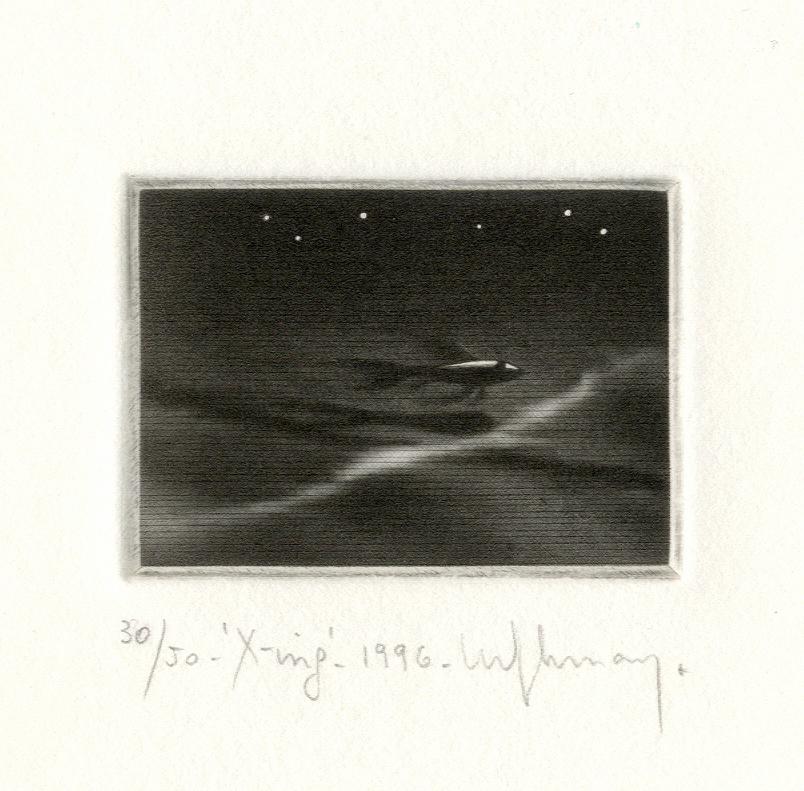
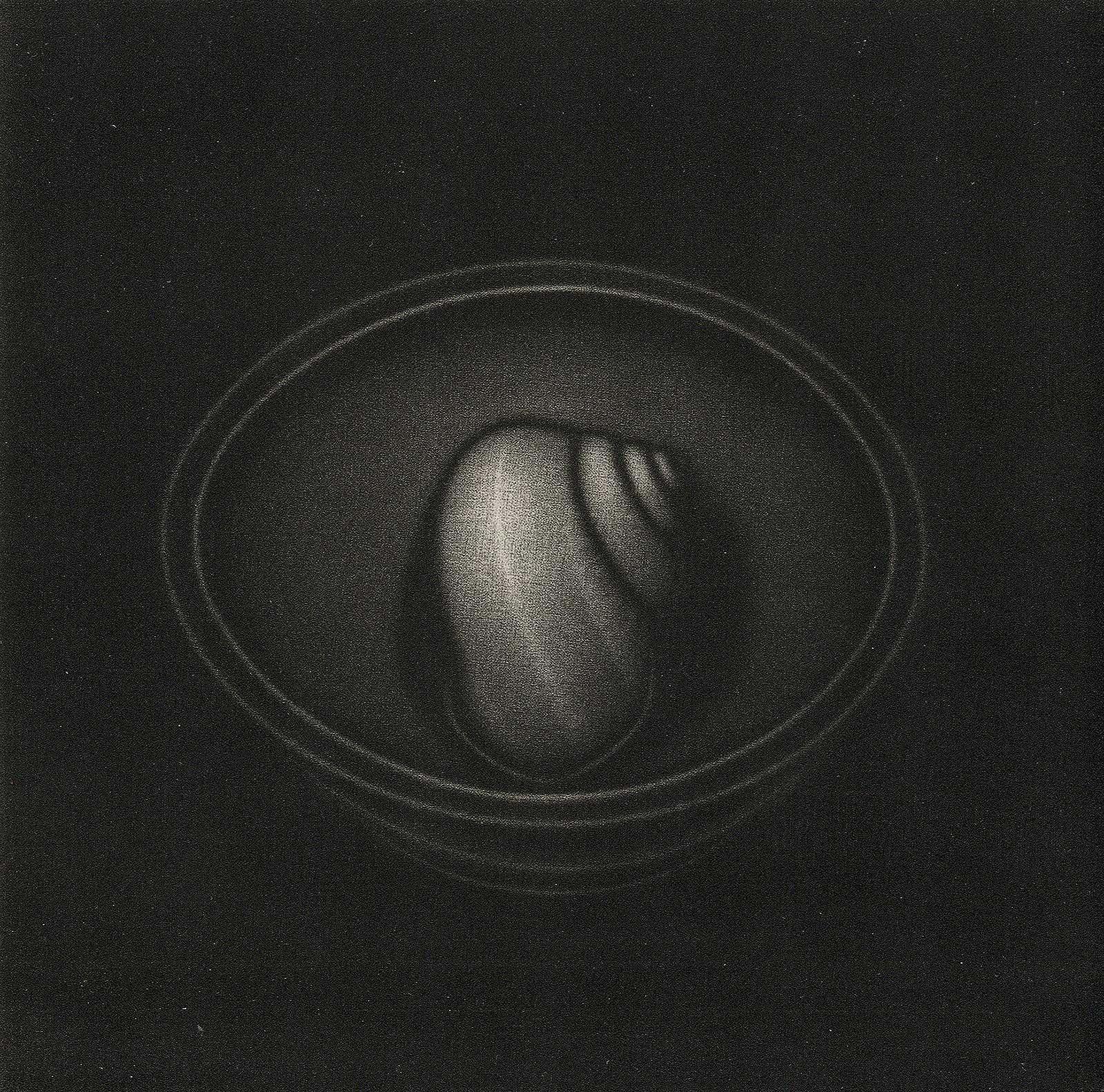
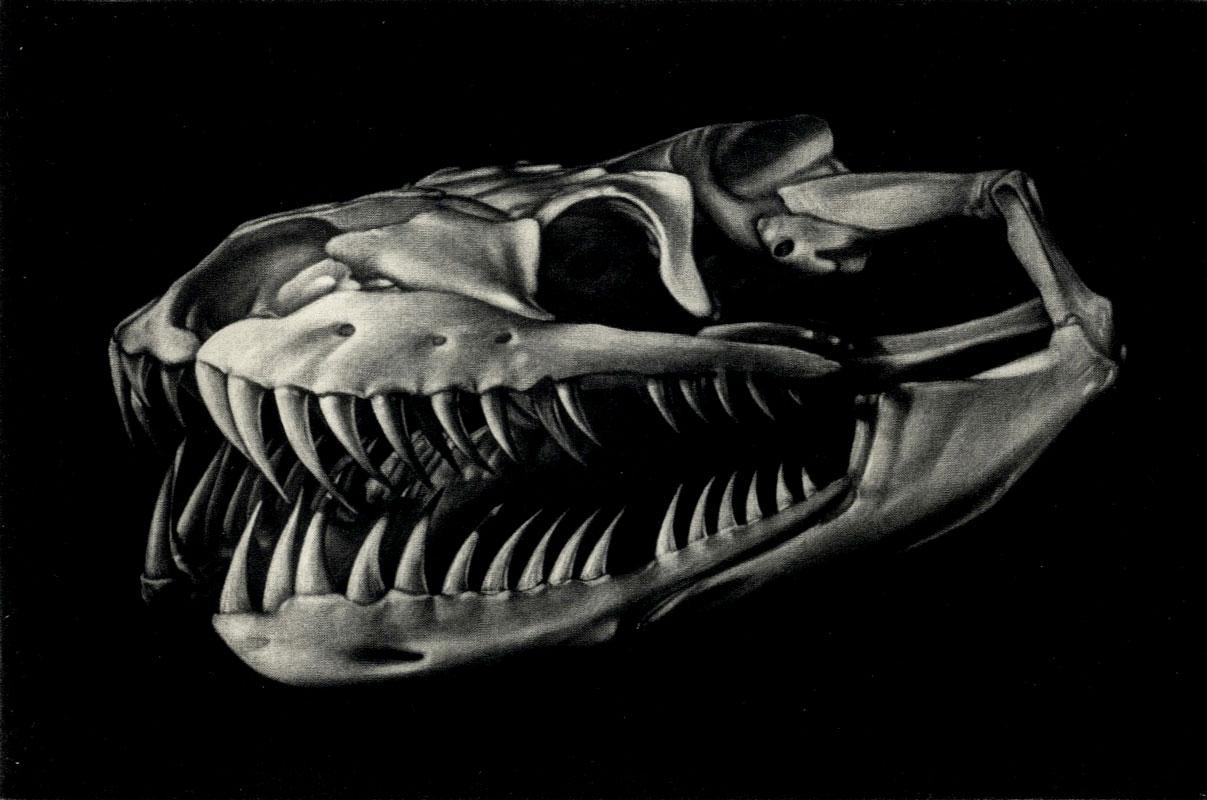
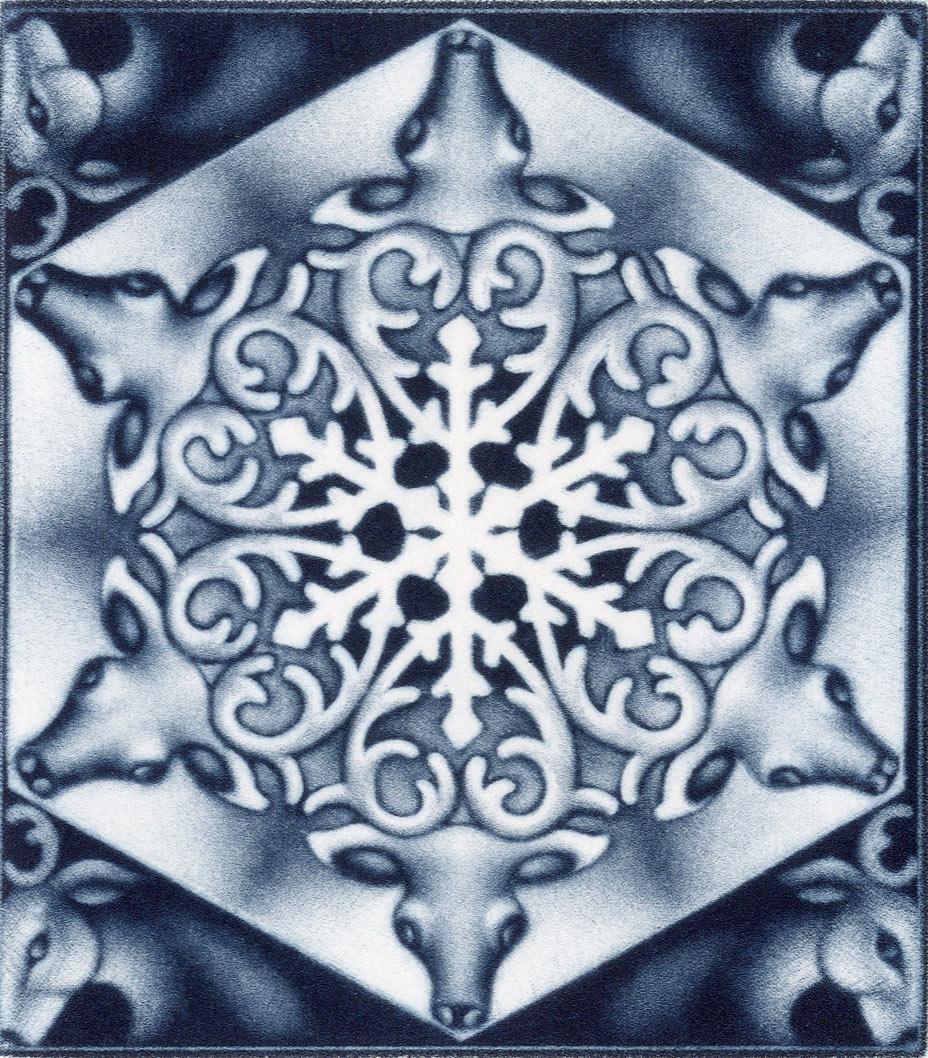
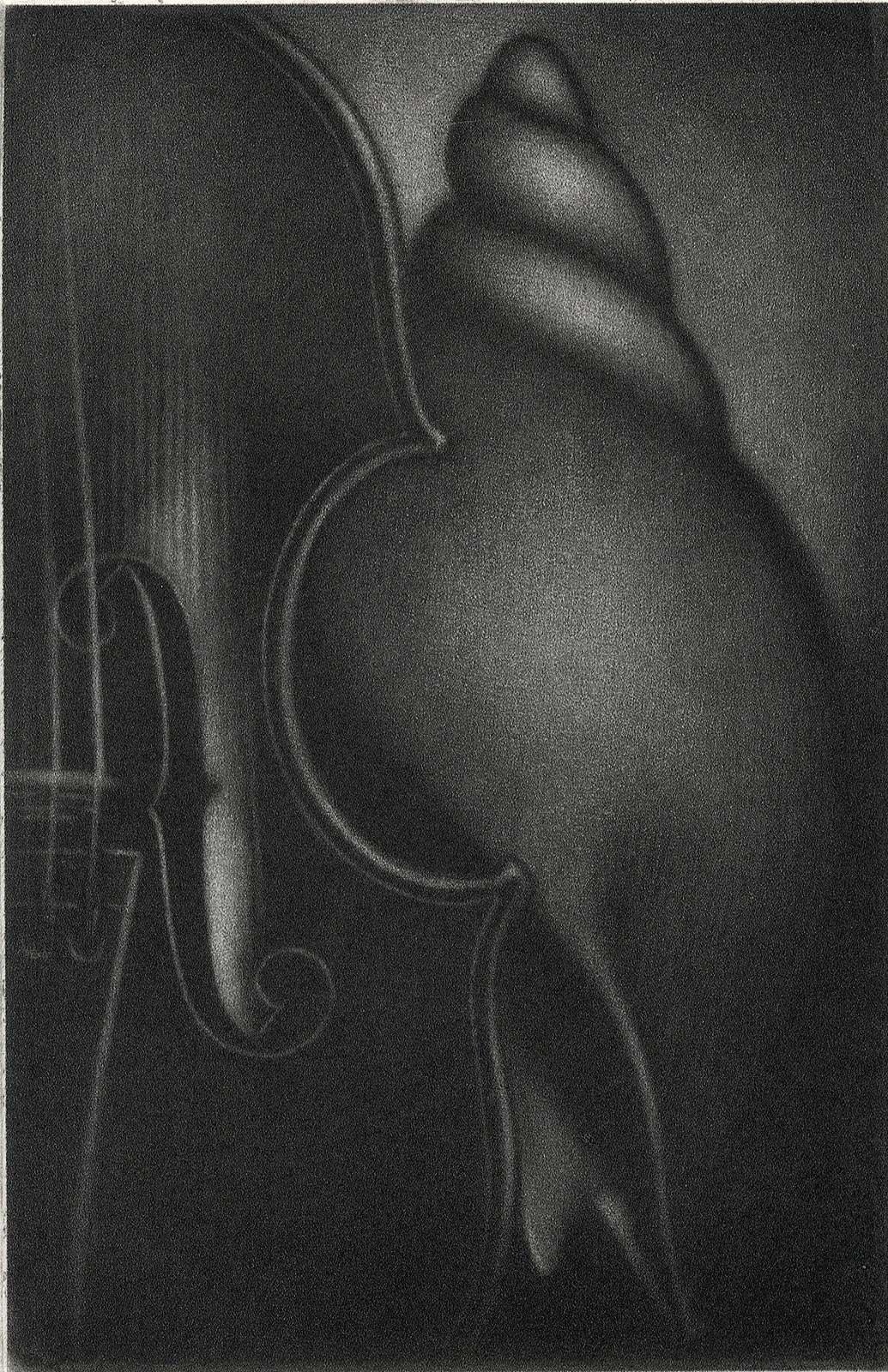


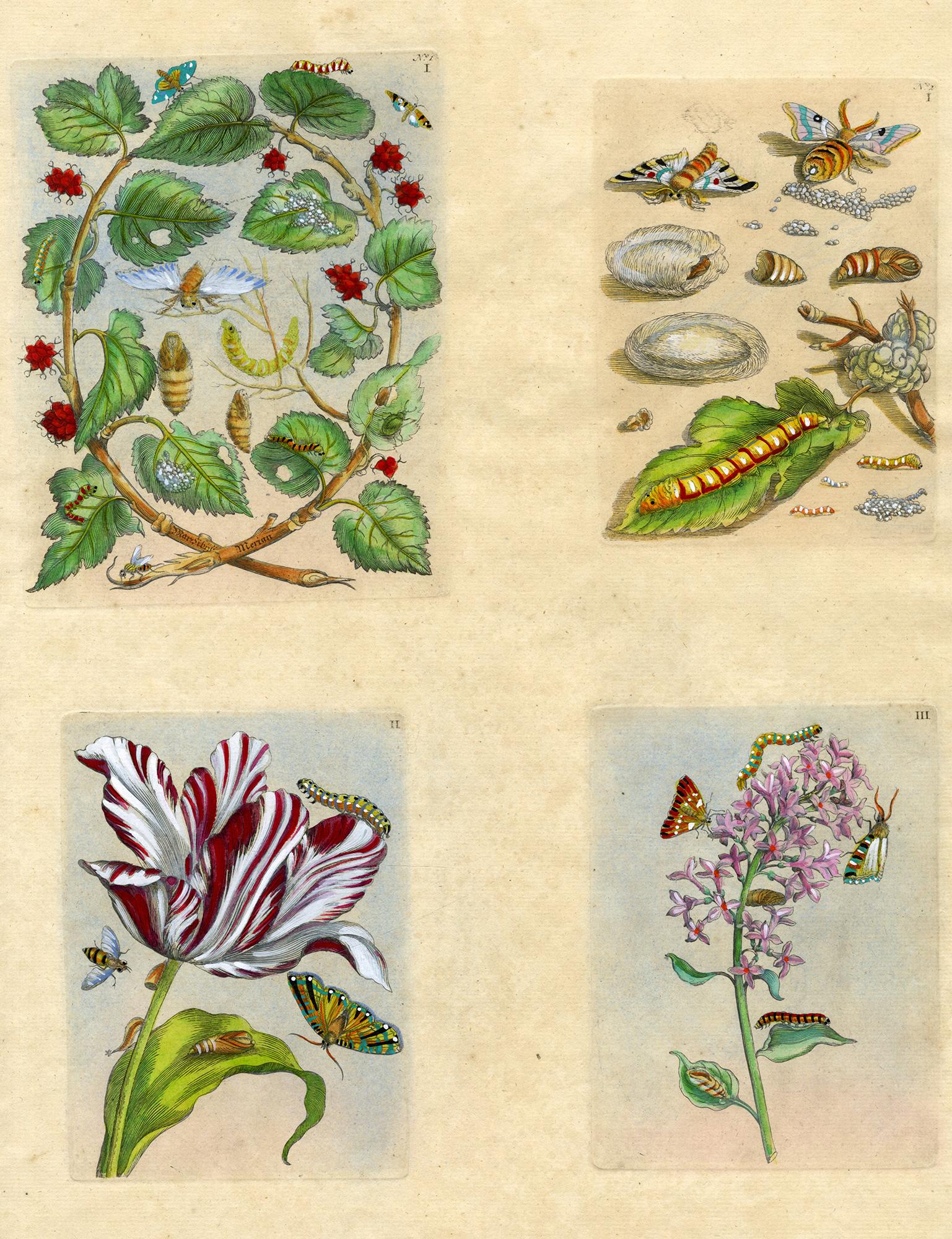
![[ Bird of Paradise] La Pie de paradise, vue par derriere, No.21](https://a.1stdibscdn.com/jacques-barraband-prints-works-on-paper--bird-of-paradise-la-pie-de-paradise-vue-par-derriere-no21-for-sale/a_7803/1543778408303/Bird_of_Paradise_master.jpg)
